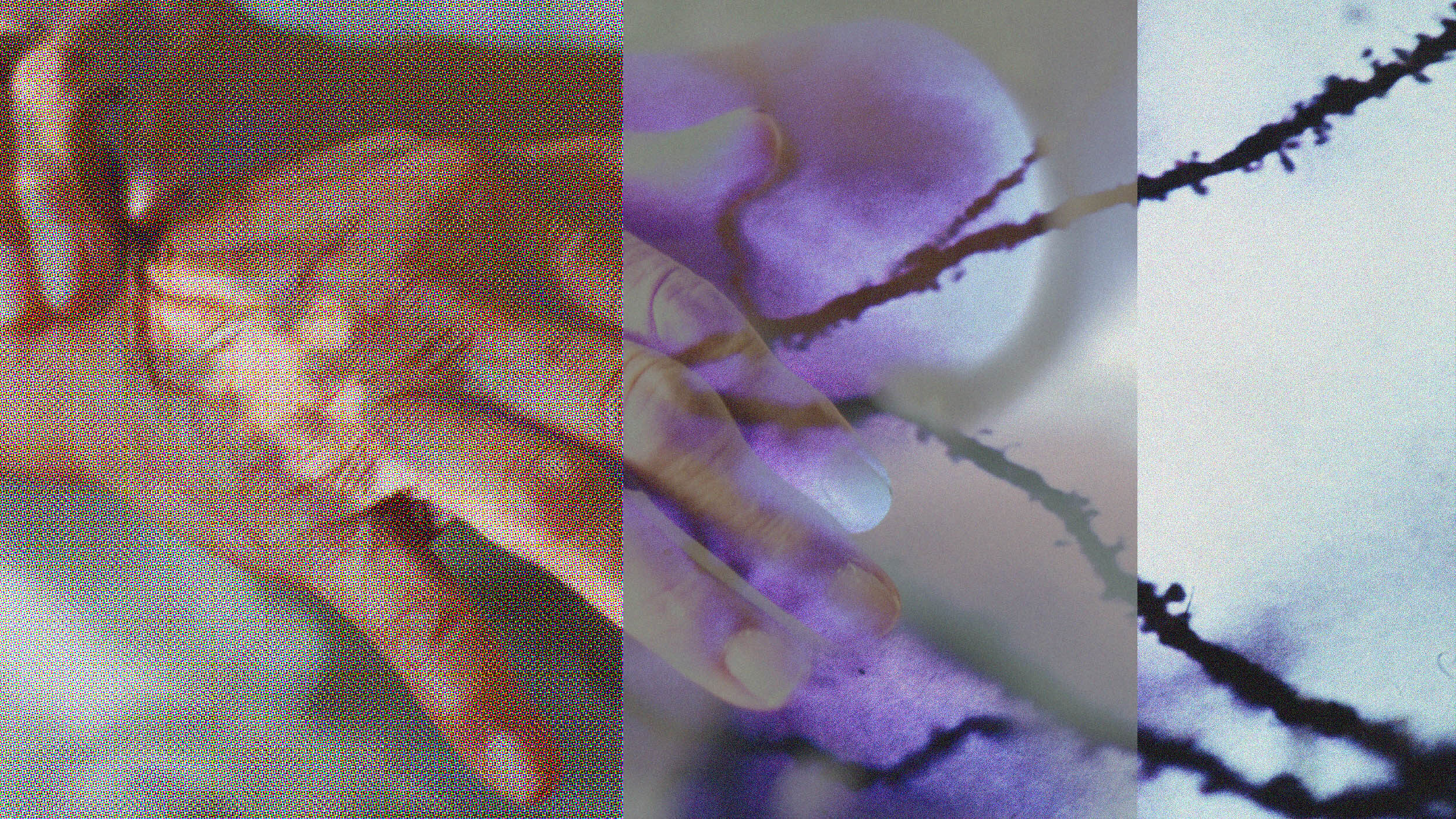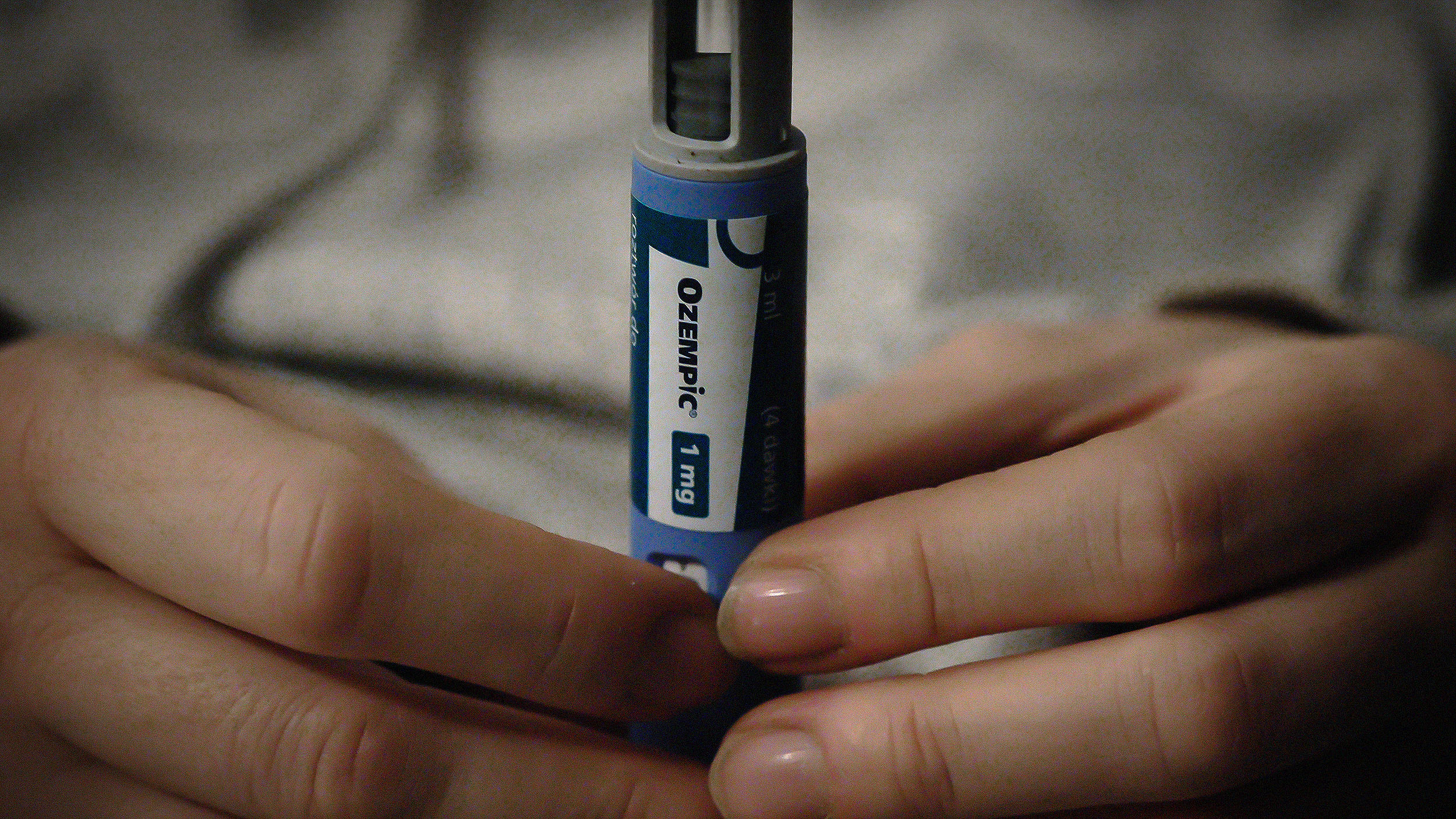See Spot heal: CRISPR heals muscular dystrophy in dogs

Love dogs? So does science. Scientists can now edit the genes of dogs to relieve them of a particular type of muscular dystrophy.
Preliminary results of this here studypublished at the end of August in Science and conducted by individuals from the University of Texas Southwestern Medical Center, Exonics Therapeutics, and Royal Veterinary College, London suggest that it took merely eight weeks to restore the functionality of the protein dystrophin — dystrophin is a protein that helps ensure muscle fiber strength — in one-month-old beagle puppies impacted by the disease.
It’s worth bearing in mind that the sample size here is small: scientists observed four dogs for less than two months. Another caveat to keep in mind: while dystrophin may have been restored in the animal, there was little evidence that the animals regained control of their muscles, leading at least one scientists to speculate as to whether or not the lead scientist rushed to announce the result to draw potential investment to a company one of the scientists launched to help develop the treatment. (The lead scientist denies this, saying that these announced results were about seeking out proof of concept first.)
And, nevertheless: the potential success here — where dystrophin levels in the dogs apparently reached 58% of normal in the diaphragm and 92% of normal (though levels in the dog’s tongue only reached 5%) — matters because no one has attempted to fix duchene muscular dystrophy in a large mammal before, and the fact that the team seems have found some form of success potentially bodes well for the nearly 300,000 young men who currently suffer from muscular dystrophy across the world.
Problems do remain. The ultimate treatment will have to be composed in such a way to ensure that young boys don’t have to receive perpetual injections. Scientists will need to make sure the treatment here doesn’t later mutate into a form of cancer. If a treatment is successfully developed, the young boys impacted by the disease will have to receive it early in life.
But — even as is — the results of the study form another piece of CRISPR’s emerging story, where the world now holds mosquitos that don’t transmit malaria to humans, piglets that have been cloned for organ donation, a fix for Fragile X Syndrome, made superbugs kill themselves, target ‘the command center’ of a cancer cell, and much more. We can now add ‘beginning to help heal a dog’ to the emerging mix.





